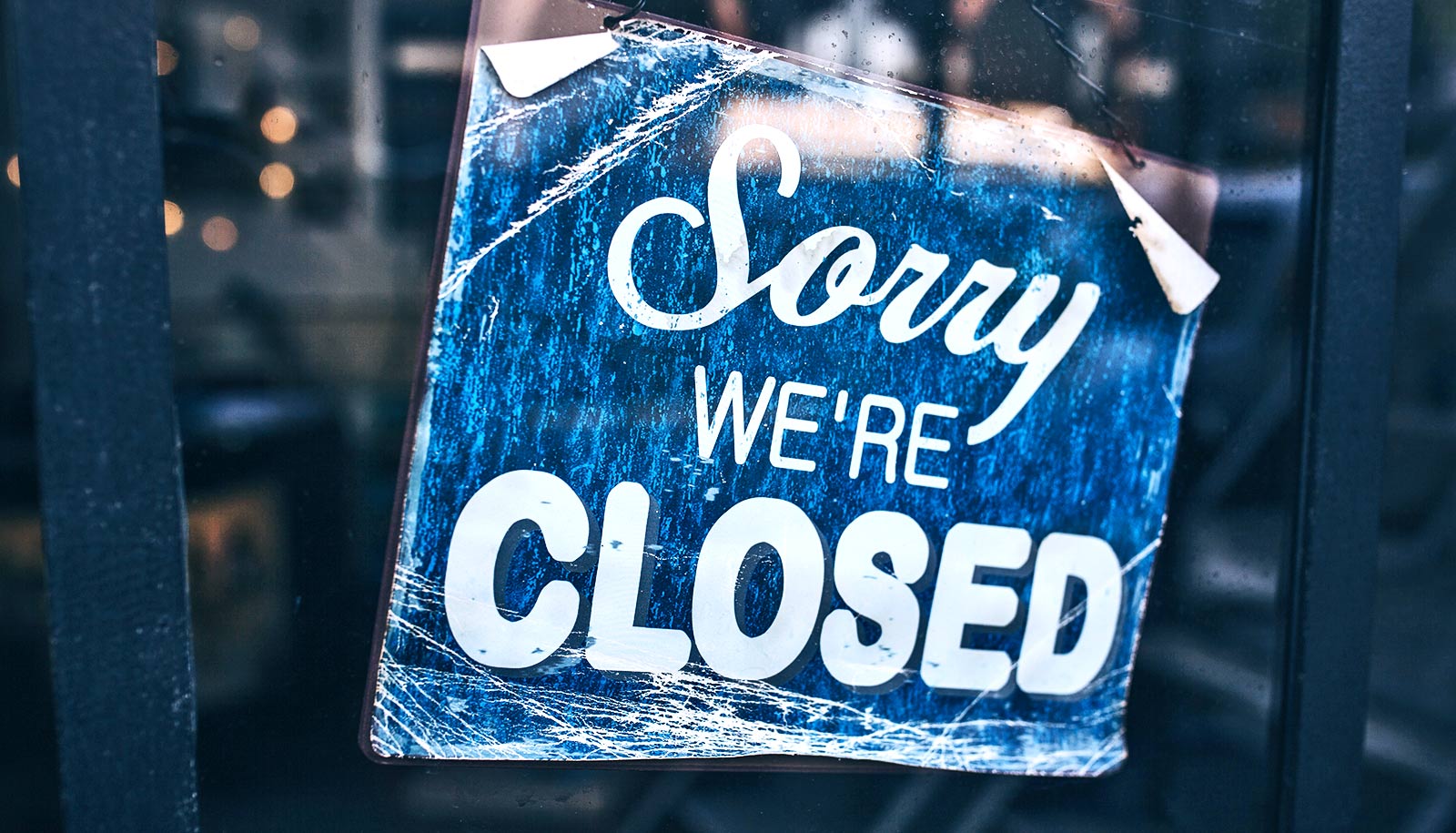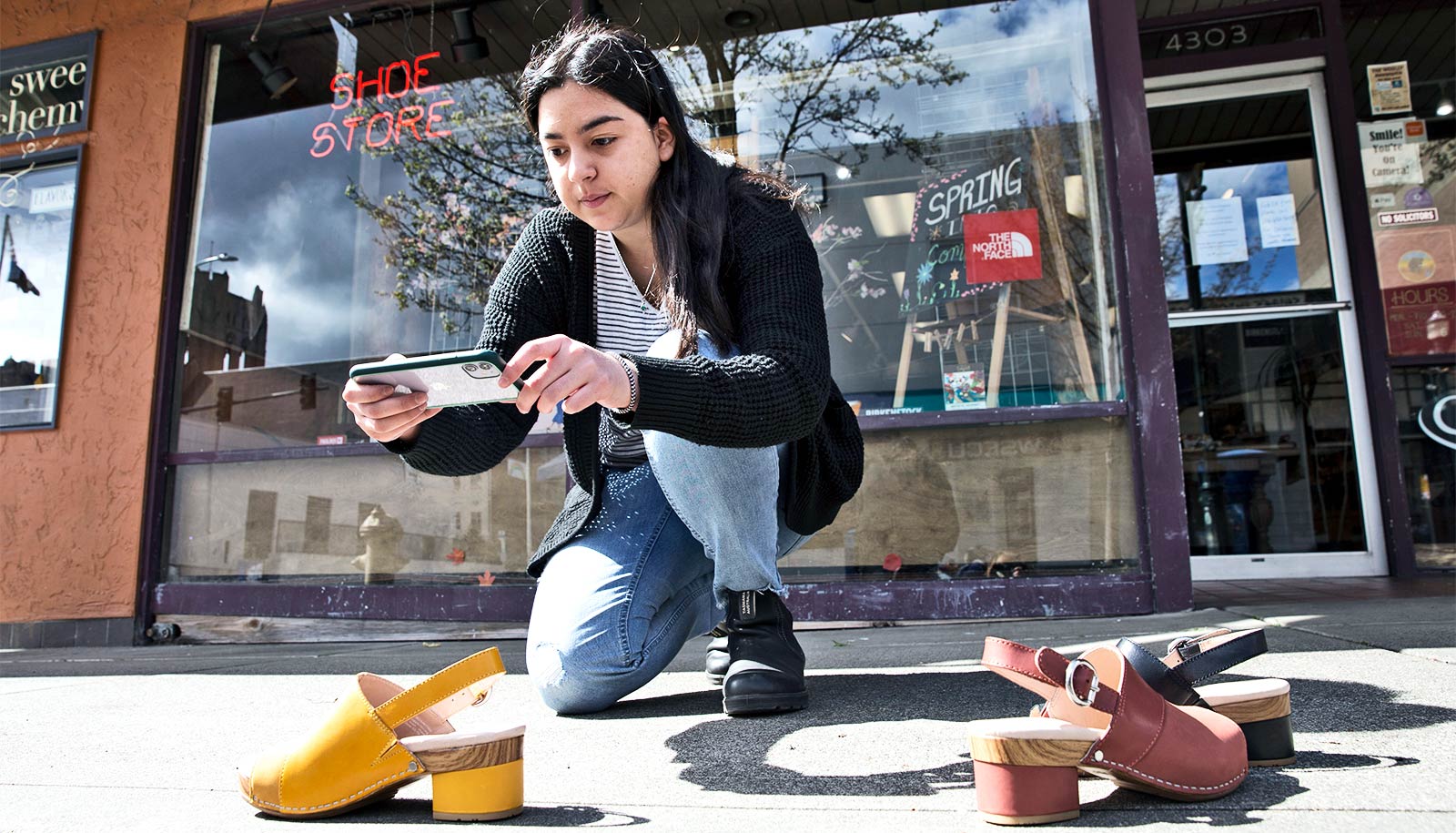Autumn has just gotten underway, but retailers are already hard at work preparing for the 2020 holiday shopping season, made more difficult this year because of the COVID-19 pandemic.
The year has been extremely challenging for retail businesses of all sizes, so many are hoping to make up for some of the losses that resulted from slower consumer spending and no in-person shopping.
The 2020 holiday season, much like the majority of the year, will be like none other. But what does this mean for retailers?
Here, Simone Peinkofer, assistant professor of supply chain management at Michigan State University’s Eli Broad College of Business, discusses what the holiday shopping season may look like for consumers and retailers alike:
Research shows Americans are still shopping and the retail industry overall is rebounding, though it’s slower than one might hope. What kind of retailer casualties should we expect next?
We have seen multiple big-name retailers file for bankruptcy over the past few months and even before the pandemic began. So even before the pandemic, there was a multitude of retailers—like J.C. Penney, Pier 1, Lord & Taylor, and Century 21—that were already struggling, but the pandemic seems to have accelerated the faith of these retailers to file for bankruptcy.
As the pandemic continues, we are likely to see other retailers struggle too. I think with the shift of consumer shopping habits from in-store shopping to online shopping (which is expected to stay), retailers that have no or only a poor online presence will have a difficult time to keep their operations running and stay competitive in the current environment.
In addition, small- and medium-sized retailers which might have received some kind of federal aid to help buffer the initial negative impact of the pandemic might also have to fear for their existence now—especially if their sales have not recovered yet.
The holidays are historically a time for large crowds to shop in-person. Any thoughts how this may change this year amid the pandemic?
While it’s difficult to say exactly how holiday shopping will change this year, it will surely be different during these unprecedented times.
Consumer spending is down—which is not surprising considering the current unemployment rate in the US—thus, the retailers already struggling find will themselves in a competitive environment. These retailers are likely to come up with strategies to attract customers and increase sales during their most important selling season of the year.
For example, given that spending is down and retailers need to lure customers, it is likely that we will see holiday sales rolled out earlier than usual to increase sales.
Will sales/discount periods last longer to allow more spread out crowds? What about Black Friday—how will this change this year?
Multiple retailers already announced that they would be closed on Thanksgiving Day. With the increased demand for online shopping due to the pandemic, I think that we will see an increase in e-commerce also for Black Friday in comparison to last year since it provides customers with a safe and convenient shopping option.
One of the biggest issues I can see for retailers pertaining to Black Friday is how to keep the customers that do decide to go into the store safe. Retailers will need to develop new and enhanced protocols to keep their customers and employees safe.
On the topic of Black Friday, retailers in recent years have campaigned to close their locations on Thanksgiving and Black Friday. Will this have a more evident impact on sales this year than it might have in year’s past?
The upcoming holiday season could really be another make or break point for a lot of retailers. As the pandemic has evolved, we’ve seen retailers that already had invested in omni-channel capabilities were better equipped to adopt their operations to the change in customer shopping habits from in-store to online shopping to serve their customers. We have also seen that the retailers that lacked such capabilities were—and are still—struggling.
In order to handle the additional surge of online orders, we are likely to see retailers hiring temporary workers—which is common for the retailing industry during the holiday season.
Although there are retailers that appear to be well-equipped for the holiday season, we should not forget that industries are interconnected and one important industry partner for successful e-commerce, for example, is parcel providers or other last-mile logistic providers.
However, these companies operate with a specific capacity limit (i.e. they can only transport and process a specific number of parcels per day) and, as we have seen especially at the beginning of the pandemic, the surge in e-commerce led to serious delivery issues. Indeed, parcel providers are still struggling to provide the same service as they did pre-pandemic.
Source: Michigan State University



